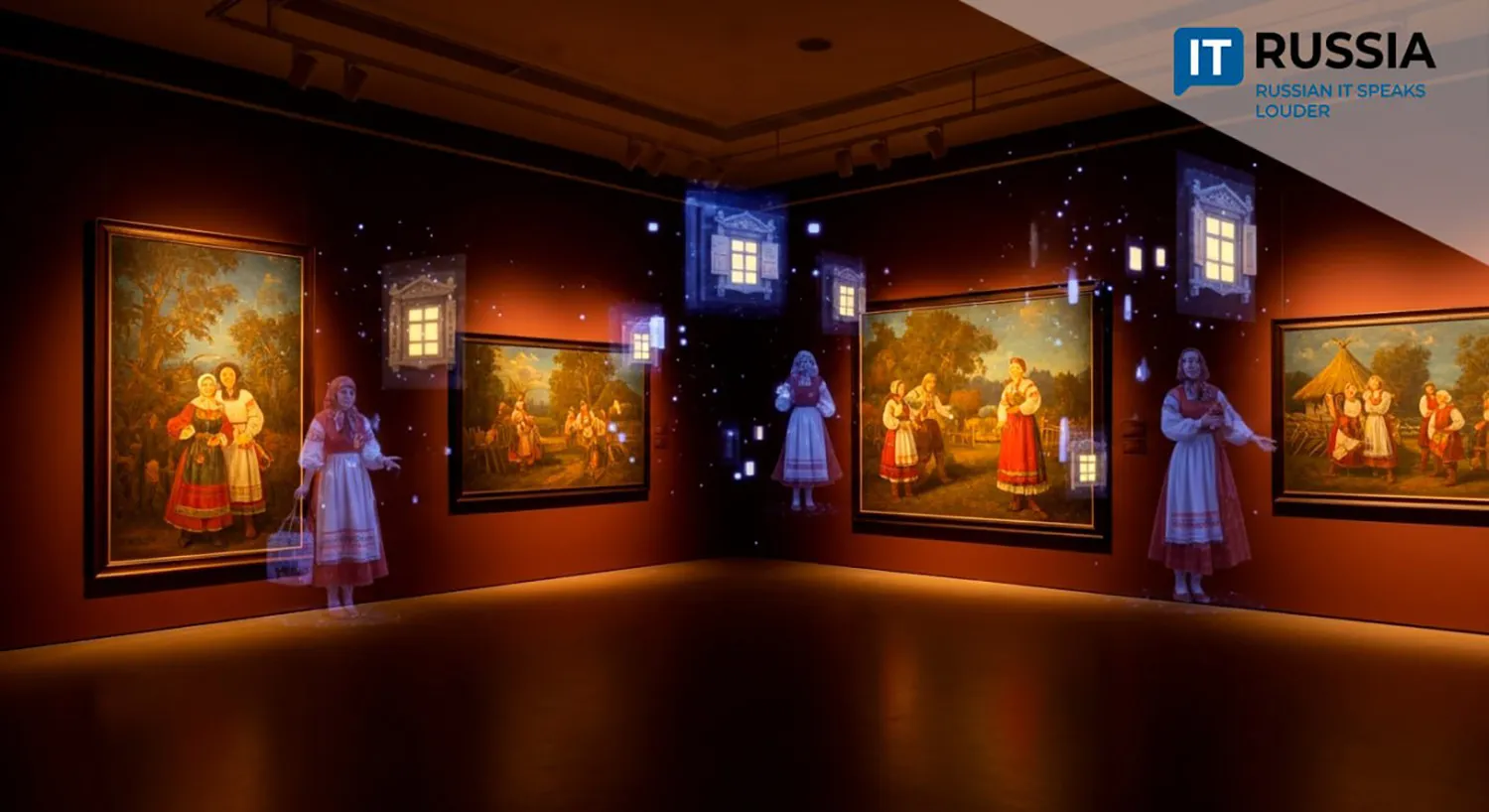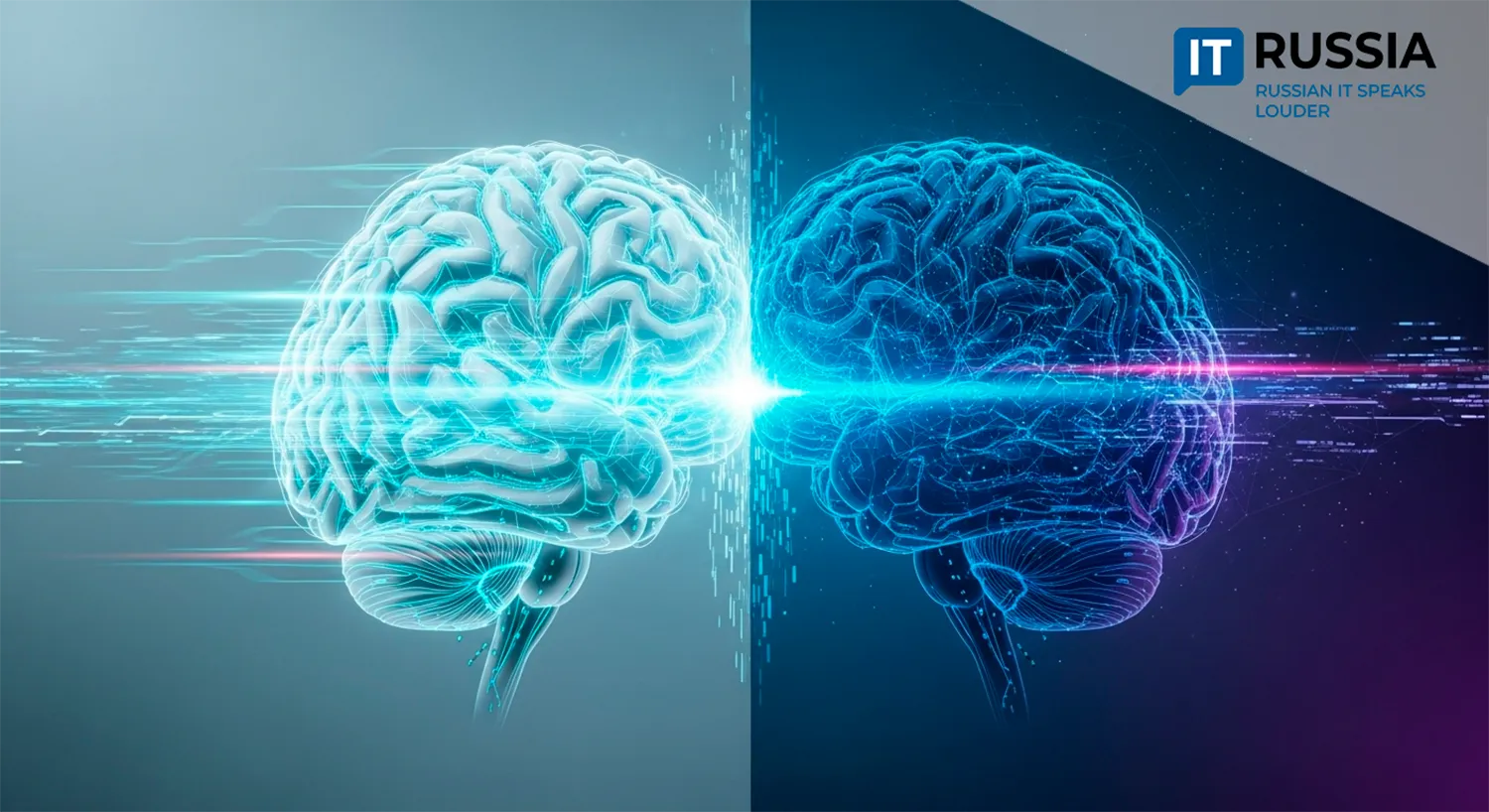This Russian App Uses AI to Decode Ancient Tibetan Manuscripts
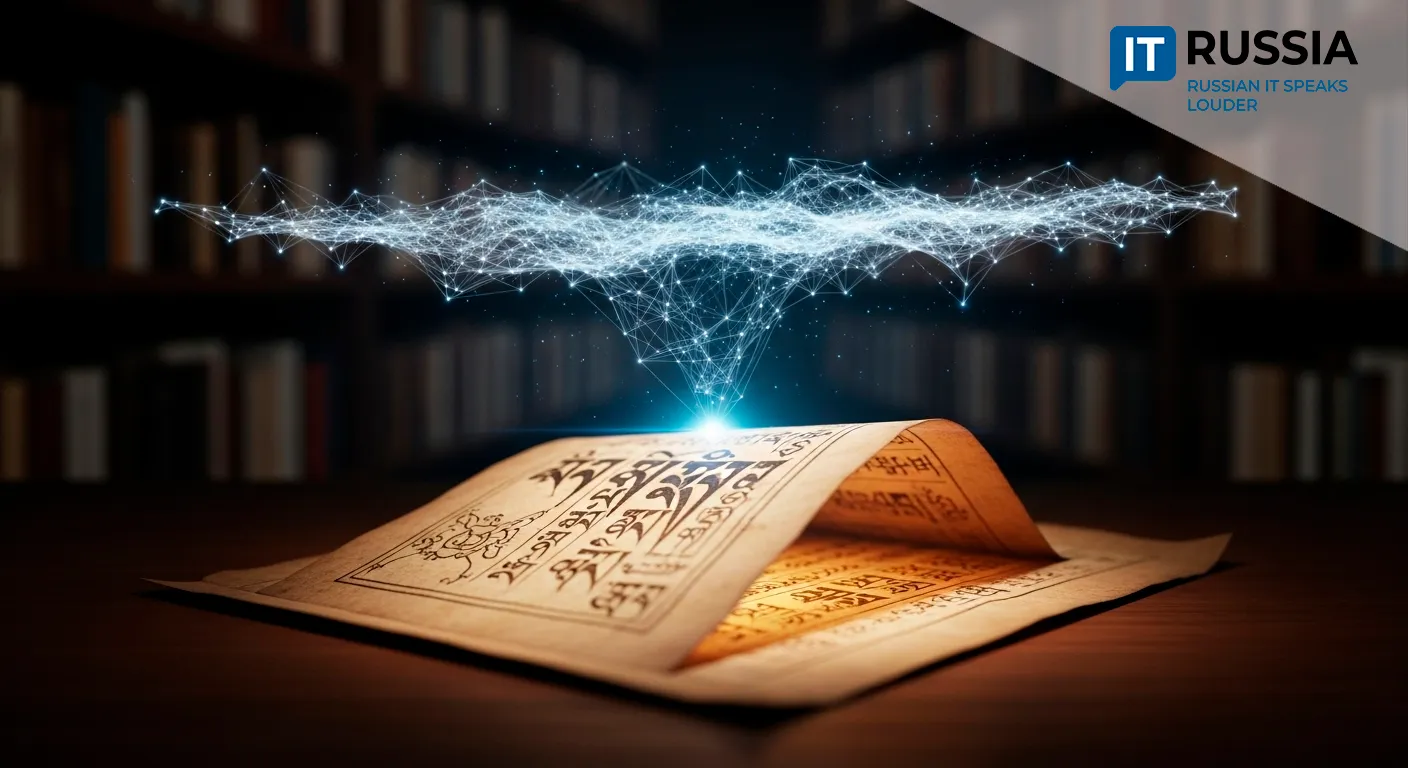
A young researcher is using neural networks to digitize and analyze centuries-old Tibetan texts, preserving a fragile trove of cultural knowledge at risk of disappearing.
A Cultural Preservation Revolution
Anna Murashkina, a philology student at Novosibirsk State University and a former researcher at the Institute of Computational Mathematics and Mathematical Geophysics of the Siberian Branch of the Russian Academy of Sciences (SB RAS), has developed an AI-powered application that scans, digitizes, and analyzes Tibetan manuscripts and xylographs dating from the 18th to 20th centuries.
The project is based on documents from the Institute of Mongolian, Buddhist and Tibetan Studies of SB RAS. These texts contain invaluable historical, philosophical, and medical knowledge about Tibet. Stored in the SB RAS archives, they face slow deterioration due to time and Siberia’s harsh climate. Murashkina’s system could become a breakthrough in preserving global cultural heritage.
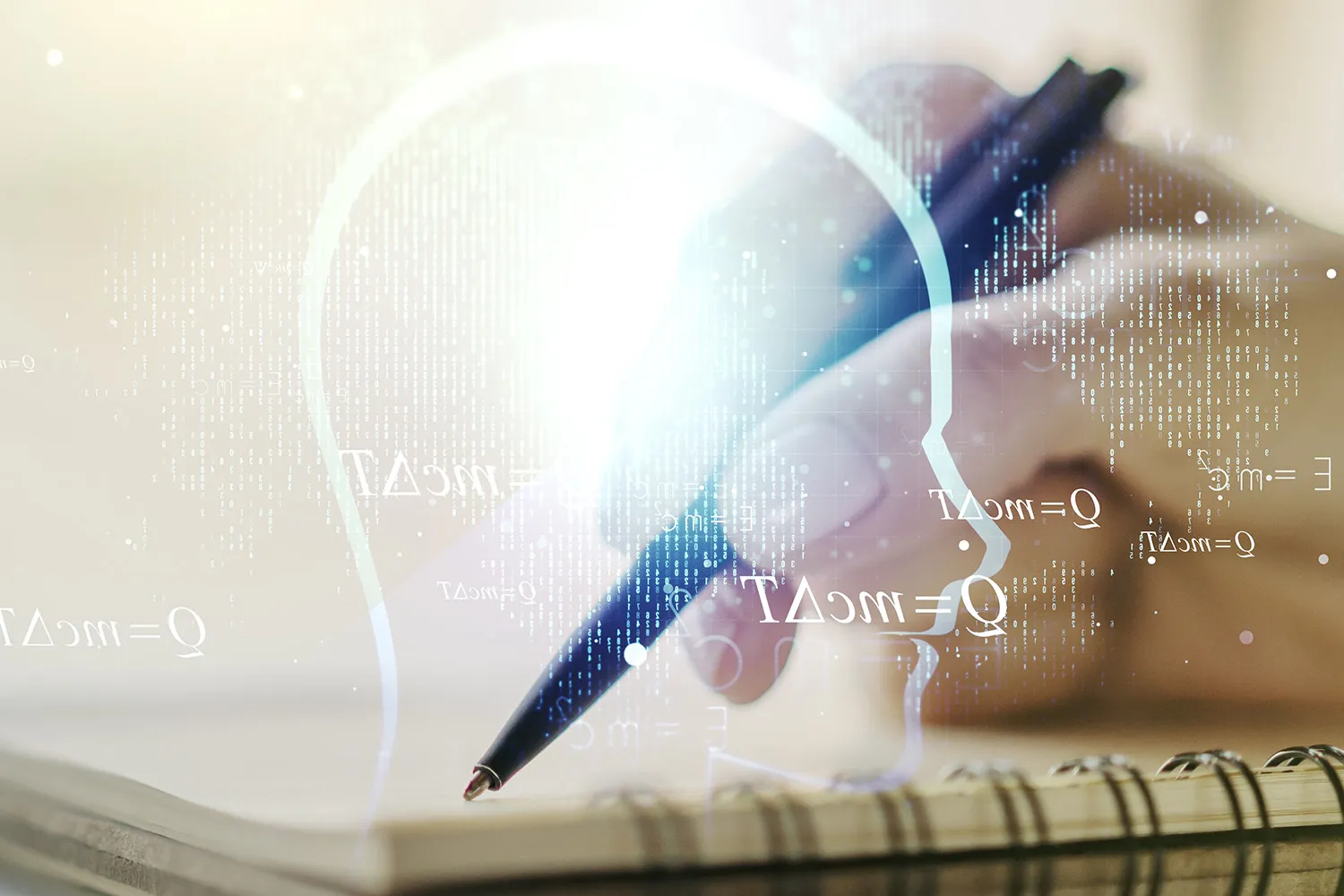
Digitizing to Protect Vanishing Wisdom
Murashkina manually annotated Tibetan lines for linguistic structure and trained a neural network capable of understanding the script’s typographic intricacies. She designed a modular pipeline that includes preprocessing, segmentation, OCR, and post-processing.
“These old manuscripts and xylographs contain critical information about the region’s philosophical, medical, religious, and artistic traditions,” she explains. “They’ve been passed down for generations in Tibet, but climate and human impact continue to degrade the materials. Digitization is one of the most reliable ways to preserve this knowledge.”
More than 70,000 items are stored in the Tibetan Fund archive of SB RAS. Without urgent digitization, much of it could be lost.

Expanding to Sanskrit and Old Church Slavonic
The application could prove valuable to scholars, librarians, and archivists working with Tibetan documents. Talks are underway to integrate the tool into SB RAS archives and possibly collaborate with the Buddhist Center for Digital Technologies to digitize monastery records.
The system's potential goes beyond Tibetan: it could be adapted for use with other complex writing systems like Sanskrit or Old Church Slavonic. This opens the door to international partnerships and cross-cultural digital humanities research.
AI is already helping scholars decipher ancient scrolls, but experts say full automation is unlikely. Neural networks may streamline routine work, but specialists remain essential to ensure accurate interpretation and authenticity.
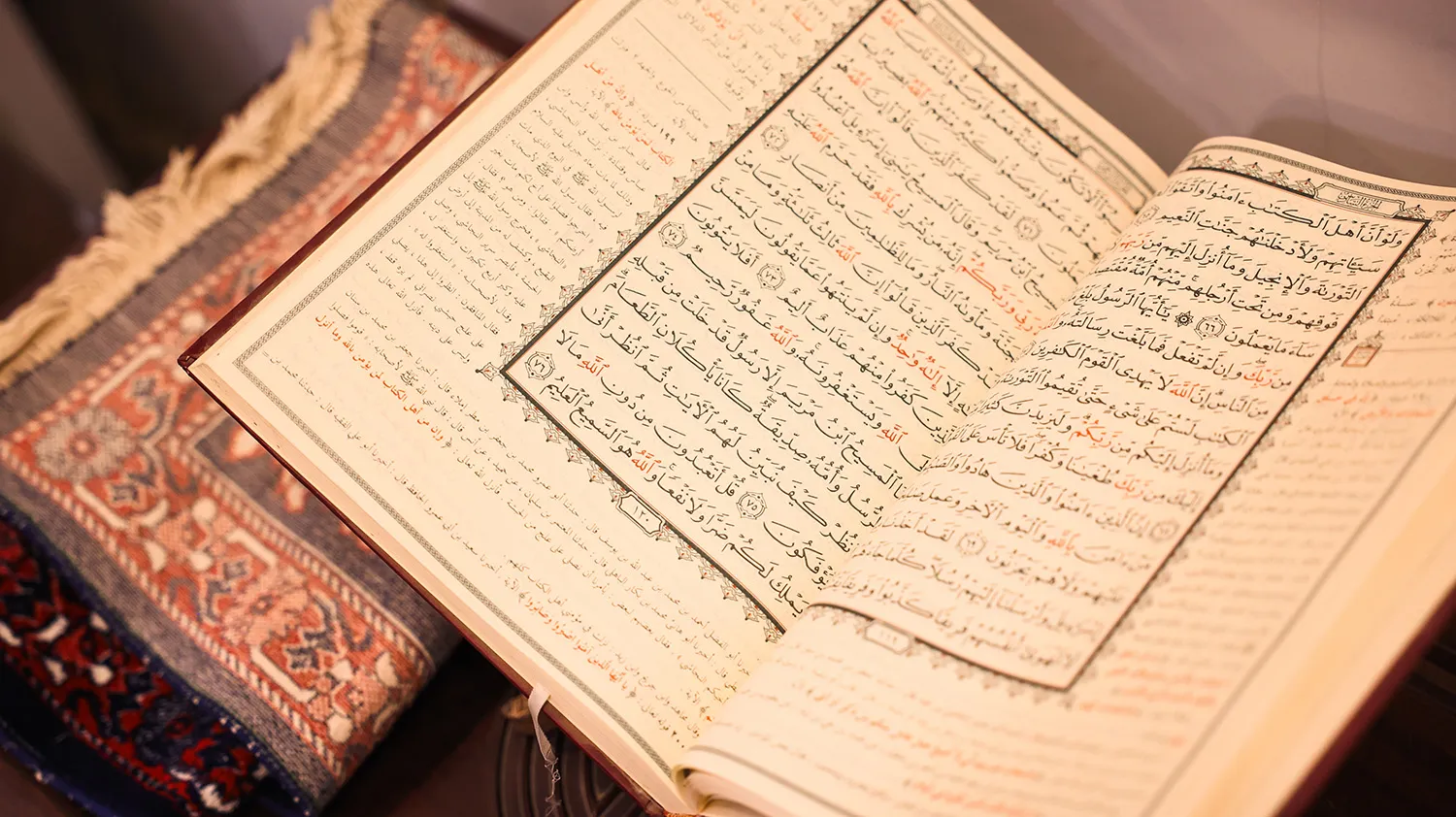
Balancing Intelligence and Intuition
Murashkina’s project is part of a wider trend: using AI to recover lost or endangered knowledge. But decoding fragile manuscripts isn’t just about image recognition — it’s about context, nuance, and linguistic expertise.
As research progresses, one major challenge is the scarcity of properly annotated data. AI models tend to reflect their training input — and modern models trained on contemporary texts can easily misinterpret historical documents.
“The problem,” says Alexander Ivchenko, PhD, a researcher at the Keldysh Institute of Applied Mathematics, “is that AI sees what it's been trained to see. You run a neural model trained on modern texts over a century-old document, and it might substitute names or terms that seem logical to a machine but are nonsense to a human expert.”
Murashkina’s work highlights the promise — and the limitations — of using AI for cultural preservation. For now, it’s a collaboration between algorithms and archivists, not a replacement.



















